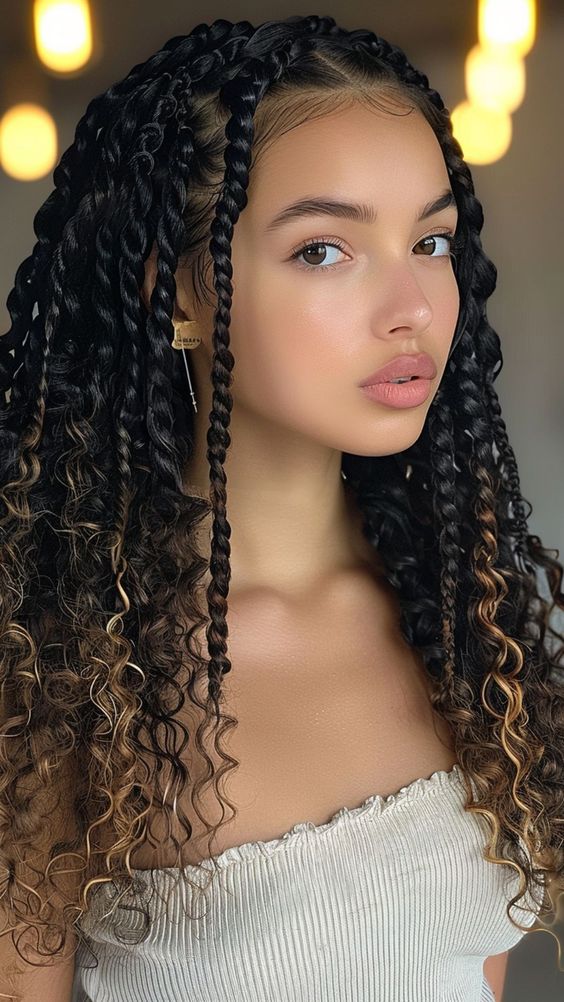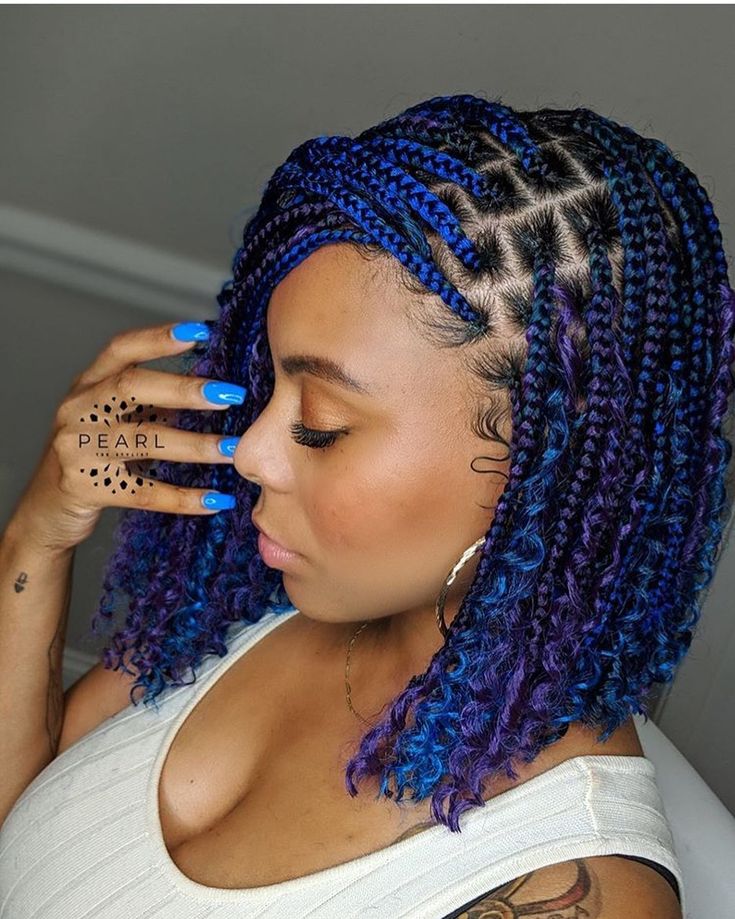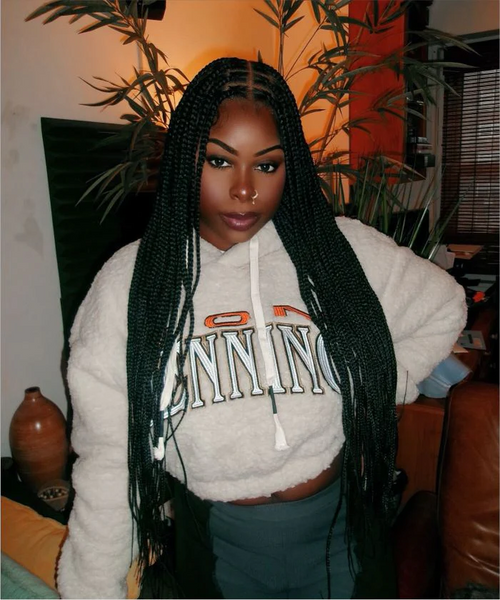Lace front wigs have become a game-changer in the world of hairstyling, offering the allure of natural-looking hairlines and versatile styles. Whether you’re a wig enthusiast or a beginner looking to embrace a new look, the process of putting on a lace front wig might seem a bit intimidating at first. But fear not! With the right technique and a little practice, you can achieve a seamless and stunning wig application that leaves everyone wondering if it’s your real hair. In this guide, we’ll take you through each step of the process, from preparing your hair to ensuring a secure fit. Get ready to learn how to put on a lace front wig and embrace a world of limitless hairstyling possibilities.

Step 1: Gather Your Tools and Supplies
- Lace front wig: Choose a high-quality wig that matches your desired style and hair color.
- Wig cap: Wear a nude or transparent wig cap to secure your natural hair underneath the wig.
- Adhesive: Use a suitable adhesive based on your preference. Options include wig glue, adhesive tape, or wig grip.
- Scissors: Have a pair of scissors handy to trim lace or customize the wig if necessary.
- Comb or brush: Use a wide-toothed comb or a wig brush to detangle the wig and style it as desired.
- Alcohol wipes: These are helpful for removing any excess adhesive from the lace or your skin.
Step 2: Prepare Your Natural Hair
In order to achieve a seamless and natural-looking result, it is crucial to properly prepare your natural hair before applying the wig. Follow these steps:
- Cleanse and moisturize your hair: Wash and condition your hair using suitable products. This ensures your hair is clean and well-nourished before wearing the wig.
- Braid or wrap your hair: Depending on the length and texture of your natural hair, create braids or wrap it neatly against your scalp. This provides a smooth surface for the wig to sit on and helps prevent any bulges or bumps.
Step 3: Put on the Wig Cap
The wig cap serves as a foundation for the wig and keeps your natural hair secure. Follow these instructions to put on the wig cap:
- Stretch the wig cap over your head: Ensure the cap covers your entire head, including your hairline and ears.
- Adjust the cap to fit snugly: Make sure the wig cap is not too tight or too loose. It should be secure enough to hold your hair in place but not uncomfortable.
Step 4: Apply the Adhesive
Properly applying adhesive is crucial to ensure that the lace front wig stays securely in place. Follow these guidelines:
- Choose the right adhesive: Depending on the type of adhesive you prefer, follow the instructions provided by the manufacturer.
- Apply the adhesive to your skin: Using a brush or applicator, carefully apply a thin layer of adhesive along your hairline. Avoid applying adhesive directly to your hair.
- Wait for the adhesive to dry: Allow the adhesive to dry partially until it becomes tacky. This usually takes a few minutes and ensures a stronger bond with the wig.
- Place the wig on your head: Gently position the wig on your head, aligning it with your natural hairline. Press it down firmly to secure it in place.
- Customize the wig if needed: If the wig’s lace extends beyond your natural hairline, use scissors to trim off the excess lace, following the shape of your hairline.
Step 5: Styling and Blending
Once your lace front wig is securely in place, it’s time to style and blend it seamlessly with your natural hair. Follow these tips for a flawless look:
- Style the wig: Use a wide-toothed comb or a wig brush to style the wig as desired. You can create curls, waves, or straighten the hair according to your preference.
- Blend with your natural hair: Gently comb or brush your natural hair over the lace front wig. This helps create a seamless transition and ensures the wig looks natural.
- Secure any loose strands: If there are any loose strands of hair on the wig, use small hairpins or bobby pins to secure them in place.
Pros and Cons of Lace Front Wigs
Lace front wigs offer numerous advantages and a few drawbacks. Let’s explore the pros and cons to help you make an informed decision:
Pros:
- Natural appearance: The lace front mimics a natural hairline, giving an undetectable look.
- Versatility: Lace front wigs allow for various hairstyles and parting options.
- Hair protection: Wearing a wig protects your natural hair from styling damage.
- Convenience: Wigs provide a quick and easy way to change your hairstyle without committing to a permanent change.
Cons:
- Price: High-quality lace front wigs can be relatively expensive compared to other wig options.
- Maintenance: Lace front wigs require regular maintenance, such as washing, styling, and storing properly.
- Allergic reactions: Some individuals may experience allergic reactions to the adhesive or materials used in the wig construction.
- Comfort: Wearing a wig for extended periods can sometimes cause discomfort or itching.
Tips for Maintaining Your Lace Front Wig
To keep your lace front wig looking its best and extend its lifespan, follow these maintenance tips:
- Wash your wig regularly: Use a mild shampoo and conditioner specifically formulated for wigs. Gently wash the wig, rinse thoroughly, and let it air dry on a wig stand.
- Avoid heat styling: Excessive heat can damage the synthetic fibers or alter the shape of a human hair wig. Opt for heatless styling techniques whenever possible.
- Store your wig properly: When not in use, store your wig on a wig stand or in a breathable bag to maintain its shape and prevent tangling.
- Protect from harsh environments: Avoid exposing your wig to excessive sunlight, heat, or humidity, as these factors can deteriorate the quality and appearance of the wig.
- Be gentle when detangling: Use a wide-toothed comb or wig brush to detangle the hair gently, starting from the ends and working your way up to minimize damage.
The Best Lace Front Wig Application Techniques
While there are various techniques to apply lace front wigs, here are two popular methods:
- Glue method:
- Apply a thin layer of adhesive along your hairline using a brush or applicator.
- Wait for the adhesive to become tacky.
- Press the wig onto your head, starting from the front hairline and working your way back.
- Use alcohol wipes to clean any excess adhesive from the lace or skin.
- Wig tape method:
- Cut small strips of wig tape and apply them along your hairline, leaving small gaps for ventilation.
- Remove the backing from the tape, exposing the sticky side.
- Position the wig on your head, aligning it with your natural hairline.
- Press the wig down firmly onto the tape, securing it in place.
Conclusion
Putting on a lace front wig can seem challenging at first, but with the right tools, techniques, and practice, you can achieve a flawless and natural-looking result. Remember to prepare your natural hair properly, apply the adhesive carefully, and style and blend the wig seamlessly. Consider the pros and cons, explore alternative wig options, and follow maintenance tips to keep your lace front wig looking its best. With these guidelines, you’ll be ready to confidently rock any hairstyle with your lace front wig.
FAQs
- Can I Sleep with a lace front wig on? It is generally not recommended to sleep with a lace front wig on. Wearing a wig for extended periods can cause discomfort and potentially damage the wig. Additionally, sleeping with a wig on can lead to tangling, matting, and a shorter lifespan for the wig. It is advisable to remove the wig before going to bed to allow your scalp and hair to breathe.
- How long does a lace front wig last? The lifespan of a lace front wig depends on various factors, including the quality of the wig, how it is maintained, and how often it is worn. Synthetic lace front wigs usually last between 2 to 6 months with proper care, while human hair lace front wigs can last up to a year or longer. Regular maintenance, such as washing, conditioning, and styling, along with proper storage, can help prolong the lifespan of your lace front wig.
- Can I swim with a lace front wig on? It is generally not recommended to swim with a lace front wig on, especially in chlorinated or saltwater pools. Chlorine and saltwater can damage the wig’s fibers and adhesive, leading to tangling, shedding, and a shortened lifespan. If you need to swim or participate in water activities, it is best to remove the wig and store it safely until you are finished.
- Can I dye or bleach a lace front wig? Whether you can dye or bleach a lace front wig depends on the type of wig you have. Human hair lace front wigs can be dyed or bleached, similar to natural hair.





















